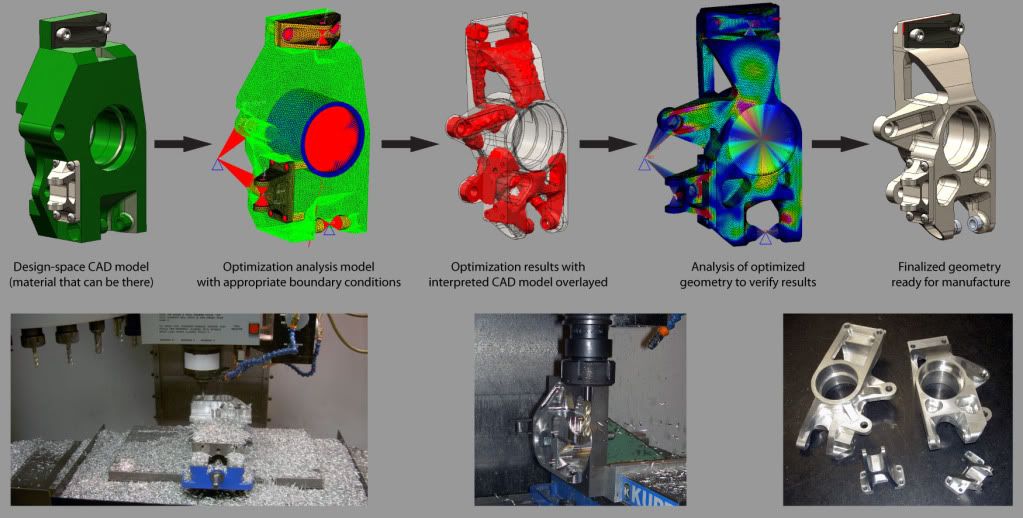Upright stiffness is just a part of the puzzle. You need to look at how it plays into your total camber/toe compliance. And if you've haven't measured the actual, physical compliance of your bearings, then you're guessing on a big part of the picture.
If you want less unsprung mass, run 10s!

|
|



 Reply With Quote
Reply With Quote
